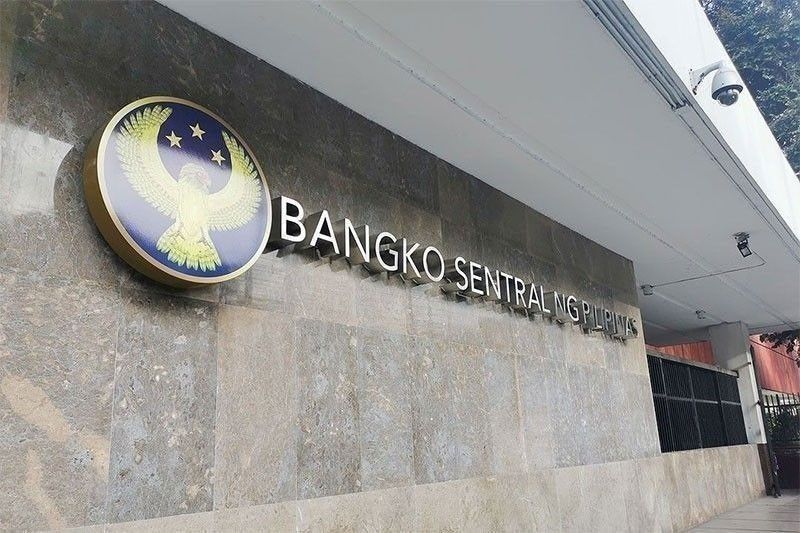BSP earns P113 billion from January to October 2024

MANILA, Philippines — The earnings of the Bangko Sentral ng Pilipinas (BSP) stood at P113 billion from January to October last year, five times higher than the year-ago level of P21.6 billion due to higher trading gains and interest income.
Data from the central bank showed total revenues, mostly comprised of interest income on foreign investments, government securities and treasury bonds, jumped by 49.5 percent to P264 billion during the first 10 months of 2024 from P176.6 billion in the same period in 2023.
Miscellaneous income, including trading gains or losses, fees, penalties and other operating income, surged to P63.4 billion from January to October last year, four times higher than the P13.6 billion in the comparable year-ago period.
Likewise, interest income rose by 23 percent to P200.7 billion in the 10-month period last year from P163 billion in the same period in 2023.
Total expenses of the central bank also decreased by 11.5 percent to P182.3 billion from January to October last year compared to P206 billion in the same period in 2023.
The BSP’s other expenses fell by 37 percent to P42.3 billion in the first 10 months of 2024 compared to a year ago’s P67.2 billion. The decline, however, mitigated the increase in interest expense, which rose by 0.8 percent to P140 billion from P138.8 billion.
During the 10-month period, the BSP booked a net gain of P31.4 billion from foreign exchange rate fluctuations, 38.4 percent lower than the P51 billion gains in the same period in 2023.
The BSP books gains or losses from fluctuations in foreign exchange rates on matured, sold, paid and exchanged or settled foreign exchange assets and liabilities. Its participation in the foreign exchange market is limited to temper sharp fluctuations in the exchange rate.
After bouncing back against the dollar in 2023, market volatility and economic uncertainties caused the peso to depreciate against the greenback, flirting between the 58 to 59 per $1 level.
The peso’s performance against the dollar reflects ongoing external pressures and market dynamics, which influence emerging market currencies.
- Latest
- Trending





























